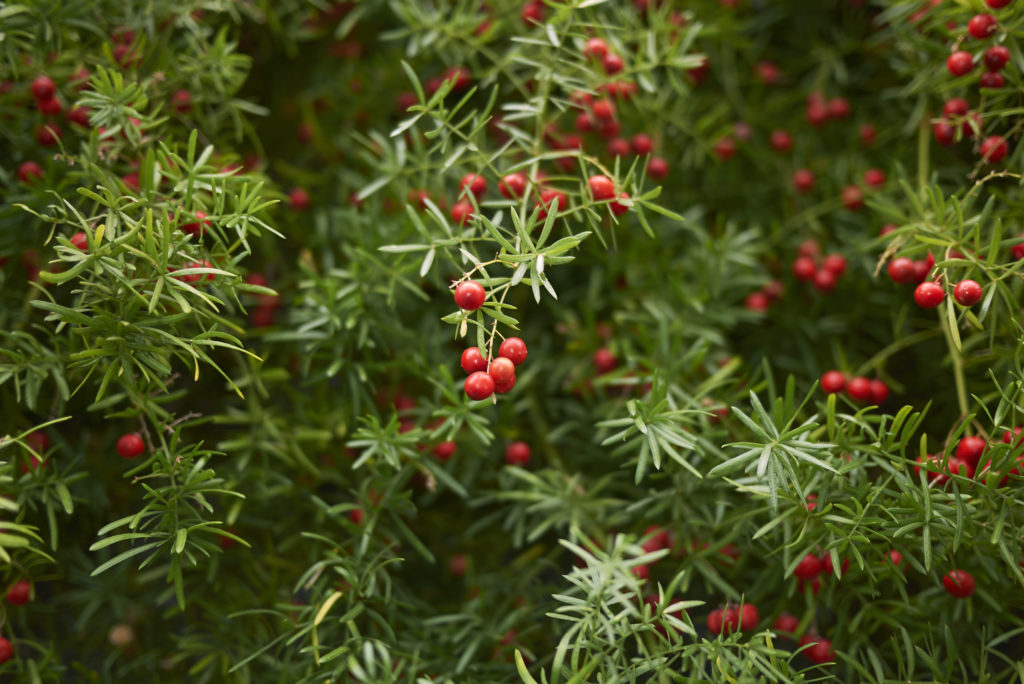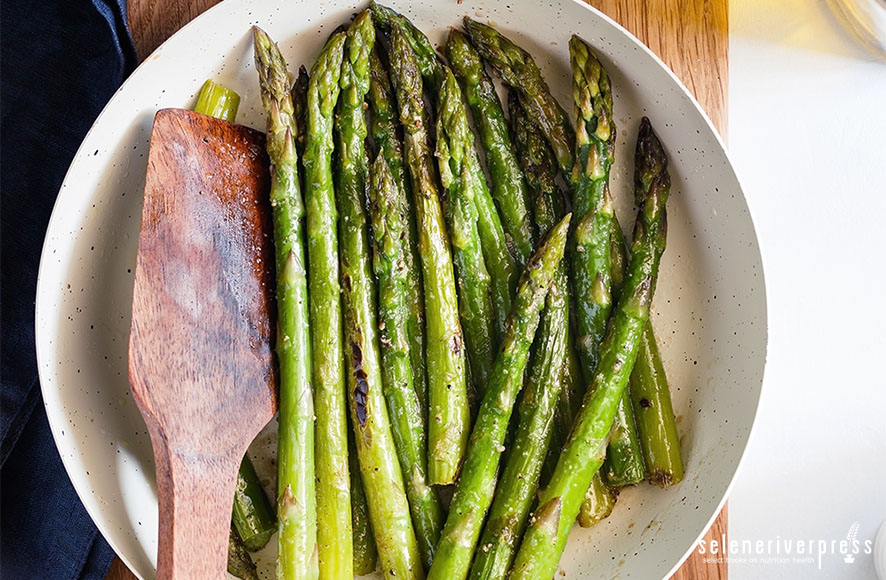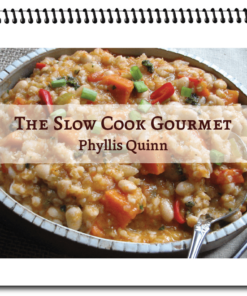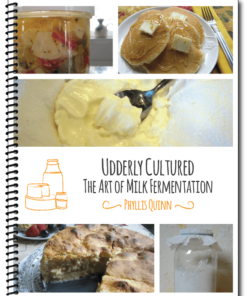Ask Chef Phyllis
I have a field of wild asparagus—at least I think it’s wild). We’ll have a lot for about a month only. Is this common? Will it keep long once we cut it, or can it be frozen? I don’t think I’ve seen asparagus in the frozen section at our supermarket. Do you have any tried-and-true recipes or no-fail ways to make it?
—Georgia Le B. from Limon, CO
The asparagus season in Europe in the spring is the highlight of the foodie calendar! It’s mine too, Georgia. In the northern hemisphere, depending on where you live, asparagus season is most of May and through midsummer, nearly to late June, with luck.
If you’ve never gathered asparagus spears from a wild field with the warm May sunlight on your face or walked along some old abandoned railroad tracks and found a stash of asparagus growing among the rocks, you’ve missed one of the charms of springtime. Let me share a recollection.
When we lived in the Adirondacks, there was a large field of what looked like wild grass. In every other season, nothing grew. But for a month or so each spring, like clockwork, the asparagus would revisit like old friends. Every May, I would wander to the edge of that field. I could never find any at first, not even one, but once I spotted that first spear my eyes danced from stem to stem and I could find them easily. Almost like magic.
As a frugal young couple, we enjoyed this “we don’t have to tend it and it returns every year” vegetable free at almost every meal, at least while the short season lasted. There were times when we thought we would tire of them, or, at the very least, have our fill. Yet I can tell you during the seven years we lived there, we never did.
I think most of us know only to eat the young, tender shoots. They have to be found before they blossom into what resembles an asparagus fern plant. These delicate spears are also known as the “love sprouts.” This is because as they mature, they become woody, or woodsy and tough. The female plants produce seeds in the form of beautiful red berries, which are inedible but look beautiful in the autumn and early winter.
I wish to add here that this elegant vegetable is noted as an aphrodisiac in an ancient Roman cookbook, Apicius, which dates back as early as the first century. I also understand that Madame De Pompadour served it to her suitors, perhaps for this very same reason. Rumor or fact? (As I’m fond of saying, that’s the makings of yet another post!)
Green asparagus is eaten worldwide, while white asparagus (which is prepared and grown by a special “recovering up the roots” process) is favored in Europe and Western Asia. Although green asparagus can be slightly bitter (I don’t find it so), my son and daughter-in-law, who live in Germany, talk fondly of the white asparagus season. They say that the white variety is less bitter.
Strangely, in Europe they market and sell an asparagus peeler. I’ve not heard of this in the United States but have seen it on foreign market sites. However, I bet an ordinary vegetable peeler will work in a pinch.
Roasting is a popular method of cooking veggies these days. Asparagus take nicely to roasting without any fuss, and this technique can be easily mastered by anyone.
There are a few guidelines before you begin. First, if you do not wish to peel the lower end (which tends to be woodsy), bend the spear near the bottom to a spot that breaks easily. The remaining spear is the most tender and will cook perfectly. Then line them up and cut similar-sized spears to the same length.
I don’t recommend freezing asparagus unless you have a great abundance to preserve. It’s better to keep them in a glass container like fresh flowers (uncut) and use them every day. I seldom ever had enough to freeze, but if you do make sure to blanche them first (cook 30 seconds in boiling water and then dunk into an ice bath) before freezing. Please consider that they will be mushy when defrosted. Now read on for a few ideas for this special crop.
Chef’s note: Enjoy this short-lived seasonal vegetable as often as you can. This New York girl can tell you they’ll be gone in a New York minute.
Frittata with Asparagus Spears
Use as your starting point the frittata recipe featured in my post “It’s All About the Frittata,” with the following modifications:
- Substitute the kale or other greens in the recipe with asparagus spears cut into 2-inch pieces added to the batter.
- To finish the dish, arrange 10 (6-inch) uncooked spears in a circle on top before baking (no precooking required).
- For garnish, sprinkle top with Parmesan cheese. This frittata is picture perfect every time.
Roasted Asparagus Spears
—Yields about 7–8 spears per person.
Ingredients
30–45 spears (about the thickness of your index finger)
¼–⅓ cup olive oil
Sea salt
Coarsely ground black pepper
½ cup Parmesan, Pecorino, or Asiago hard cheese, finely grated
Instructions
- Preheat oven to 425°F. Cut or bend spears to uniform size. Place in a 9×13-inch glass pan.
- Pour olive oil over spears (or rub the spears with it). Sprinkle with salt and pepper, making sure to coat them well.
- Sprinkle the cheese evenly over asparagus.
- Bake 15 minutes, or until the spears shrivel slightly. Do not overcook (slightly crunchy is better). Serve immediately.
Image from iStock/Edalin (main), seven75 (berry plant).





